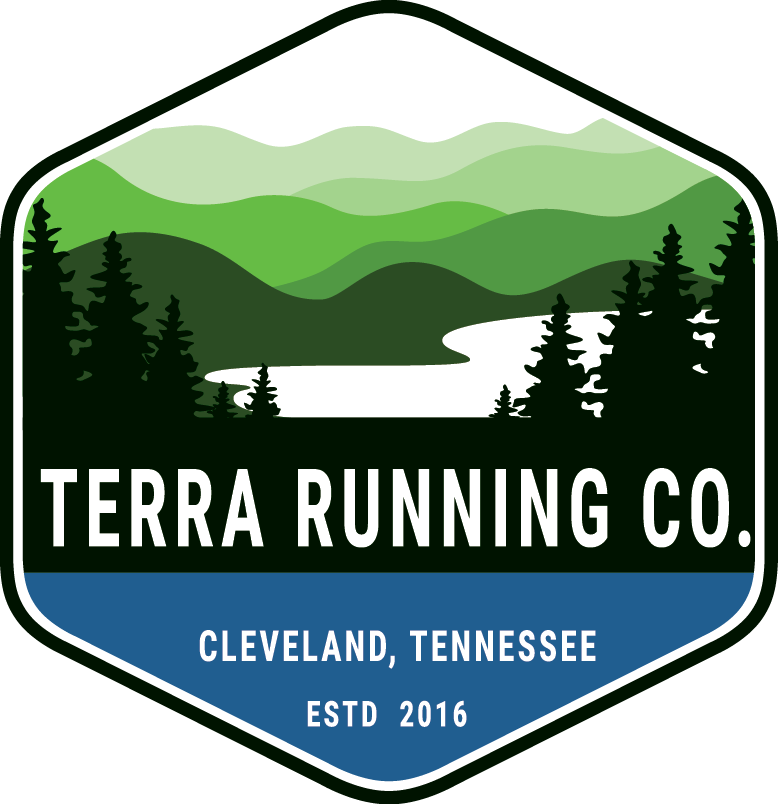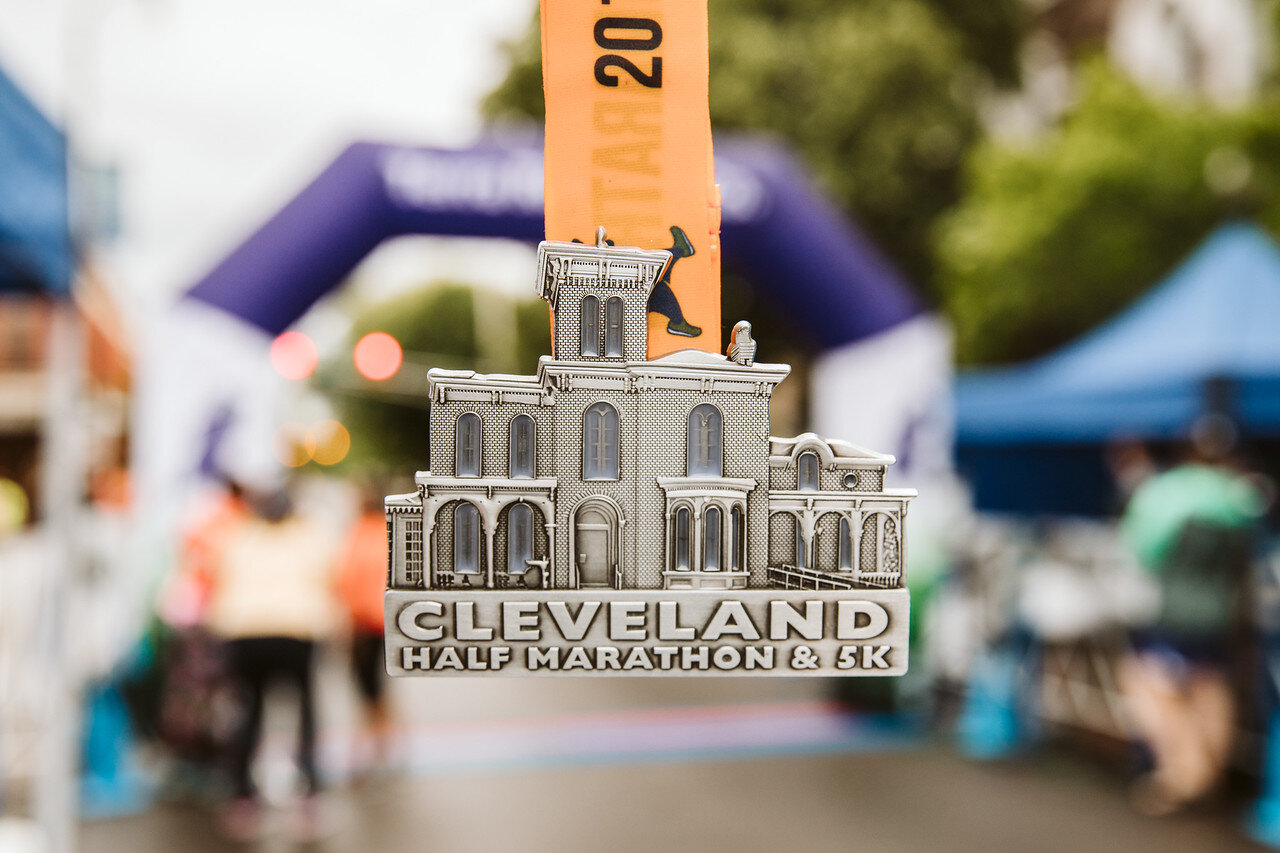Have you ever been to a race, gym training session, or athletic event and noticed people rolling on the ground on a foam cylinder and could not help but think what are they doing?! Well, you are not crazy for thinking this way! What they are rolling on is called a foam roller; Foam rollers are a cylinder wrapped with a textured firm foam. There are many kinds of foam rollers, however; their benefits can add significance to athletic performance and recovery.
The benefits of a foam roller consist of but are not limited to:
1. Mobility Recovery
2. Injury Prevention
3. Improved Technique
(Disclaimer: this blog post is NOT medical advice or a must-have guide. If you are experiencing pain or injury, please consult with your healthcare providers before trying)
Even though foam rollers do not look aesthetically pleasing, they do indeed have good benefits. The practice of foam rolling was designed as a self-myofascial release, meaning the fascia around your muscles that is tight, worn out, and overused can gain some relief and possibly some restoration in mobility. The practice of foam rolling is not a very time-consuming practice, because you do want your muscles to rest after a long run or gym training session. Instead, foam rolling can take place in as little as five minutes and as long as ten minutes. Now foam rolling does not target bones meaning when researching and thinking about adding this practice into your regimen try to avoid bones or large joints. Instead, the main muscle groups many runners try to roll out are the Hamstrings, Quadriceps, Calves, and Glutes. These are some of the main muscle groups that are activated when running but also need extra attention when focusing on recovery. Now that we have covered the main introduction of a foam roller, let us talk about time!
You do not need to focus 10 minutes on each muscle group, however; just to begin you can try to roll out each muscle group for 30-60 seconds then move on, totaling in just a few minutes and this part of the recovery regimen can be complete. Also, the quote “slow and steady wins the race” comes into play with the practice of foam rolling. You want to make sure you use a gentle and slow approach to foam rolling, your muscles are already tired, and you do not need to overwork them while trying to recover as well!
Now you may be wondering “Which Foam Roller should I choose?” Just like we tell you in-store about
shoes “it depends on you,” this can be applied to choosing a foam roller as well. If you are just starting out then a basic firm foam roller may be a good option, however, the more you do and the more you run this can change. Each roller is made differently, some rollers emphasize deep tissue work, while others emphasize muscle activation. We offer many different types of rollers at Terra Running that you can come by and try out in-store.
At the end of the day as scary or weird as a foam roller may look, this may be a practice to research and add into either a pre-run/workout or post-run/workout regimen. Trying new recovery practices is hard, but beneficial to living a healthy athletic life!



